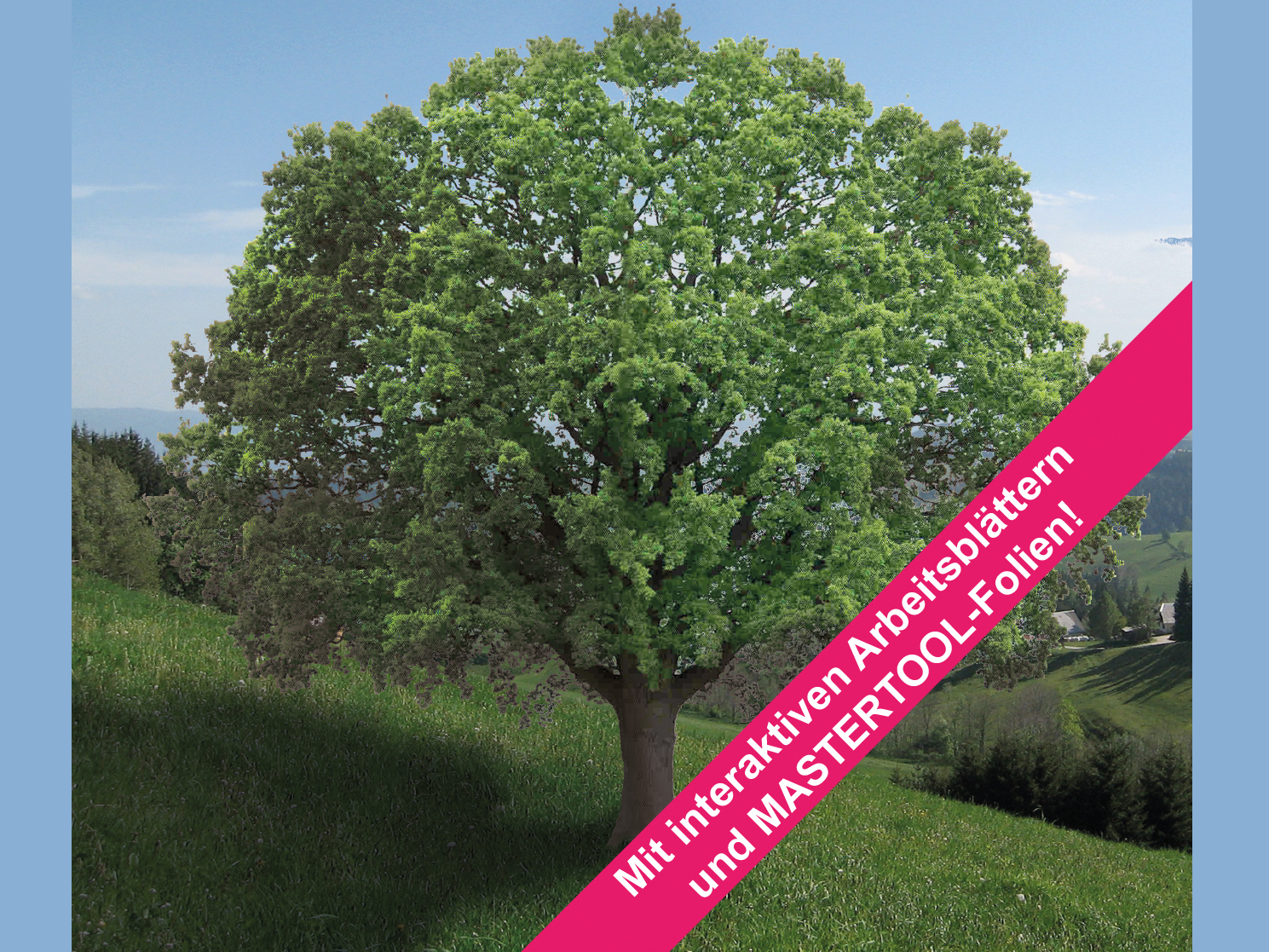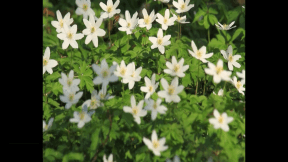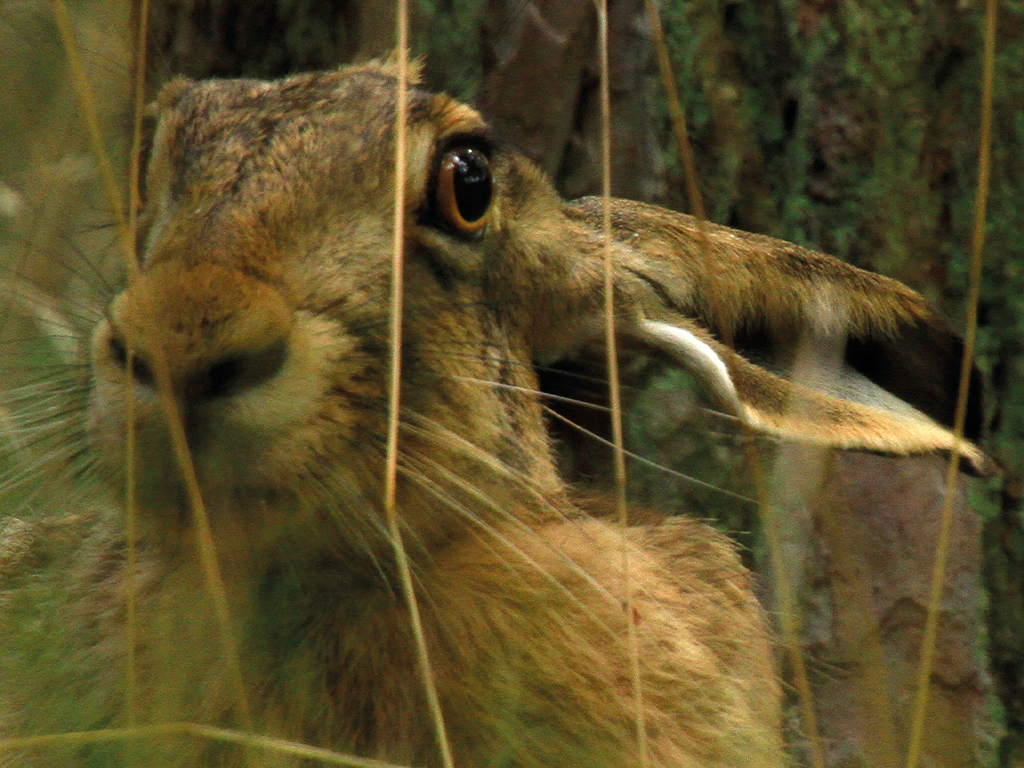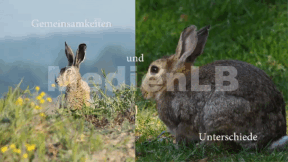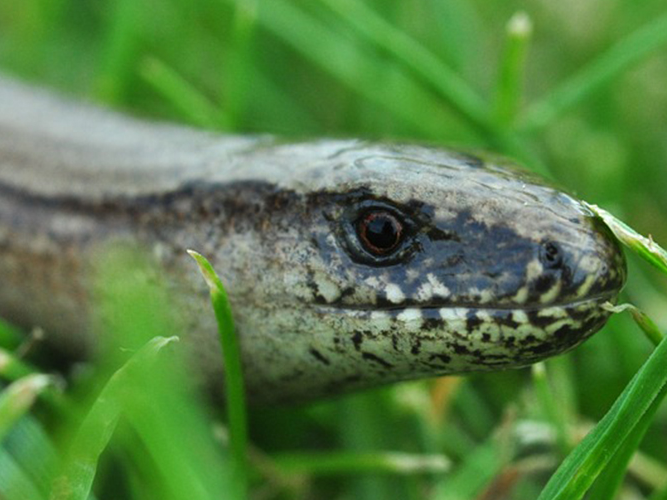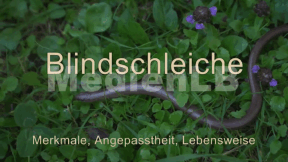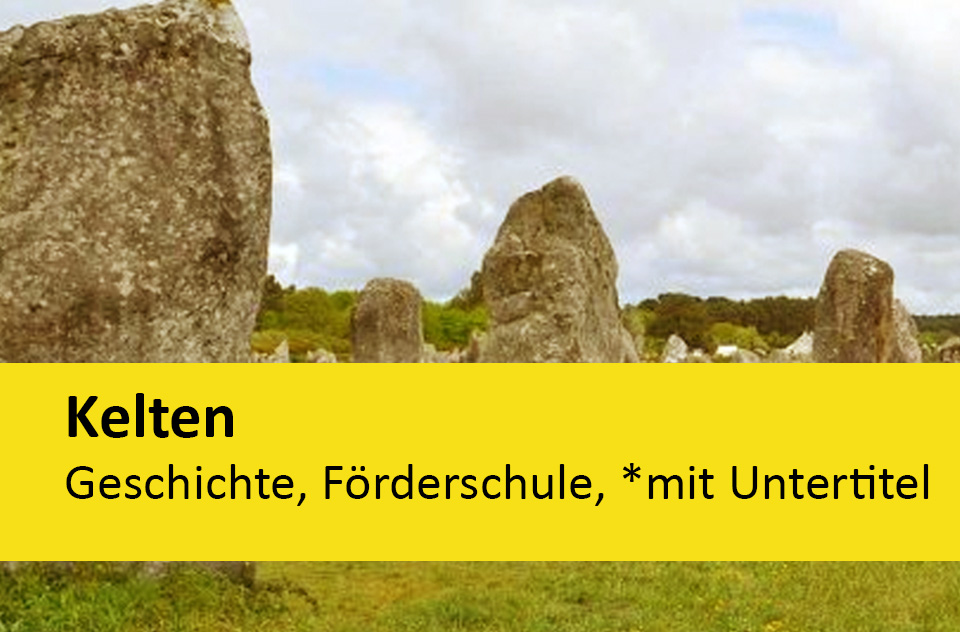
55501848
Geschichte, Förderschule, *mit Untertitel
Das Medium enthält den Film: Kelten – Geschichte und Kultur.
Die Kapitel sind einzeln anwählbar in einer normalen Version und in einer Version mit Untertiteln in leichter Sprache.
Durch interaktive Aufgabentypen wird das audiovisuelle und interaktive Lernen einfach. Lernen macht jetzt Spaß!
Included Tasks
- 1. Die Kelten - 1.1 Viele Stämme - ein Name (1:59 Min.) * mit Untertitel
- 2. Die Kelten - 1.2 Funde (1:41 Min.) *mit Untertitel
- 3. Die Kelten - 1.3 Wanderung (1:52 Min.) * mit Untertitel
- 4. Die Kelten - 1.4 Konflikte mit den Römern (2:08 Min.) * mit Untertitel
- 5. Die Kelten - 2.1 Siedlungen und Bauwerke (5:32 Min.) * mit Untertitel
- 6. Die Kelten - 2.2 Handwerkskunst (2:35 Min.) * mit Untertitel
- 7. Die Kelten - 3.1 Salz und Eisen (2:52 Min.) * mit Untertitel
- 8. Die Kelten - 4.1 Glaube der Kelten (3:09 Min.) * mit Untertitel
- 9. Die Kelten - 4.2 Totenkult (2:35 Min.) * mit Untertitel
- 10. Oppida der Kelten - Wortsuche
- 11. Rennofen - Bildzuordnung
- 12. Grabkammer von Hochdorf - Bildzuordnung
- 13. Glaube der Kelten - Interaktive Aufgaben
- 14. Ein keltischer Druide - Interaktives Schaubild
- 15. Kelten - Finde die Bildpaare
- 16. Die Kelten - 5 interaktive Aufgaben (1)
- 17. Die Kelten - 5 interaktive Aufgaben (2)
- 18. Die Kelten - 5 interaktive Aufgaben (3)
- 19. Die Kelten - 5 interaktive Aufgaben (4)
- 20. Die Kelten - 1.1 Viele Stämme - ein Name (1:59 Min.) * ohne Untertitel
- 21. Die Kelten - 1.2 Funde (1:41 Min.) * ohne Untertitel
- 22. Die Kelten - 1.3 Wanderung (1:52 Min.) * ohne Untertitel
- 23. Die Kelten - 1.4 Konflikte mit den Römern (2:08 Min.) * ohne Untertitel
- 24. Die Kelten - 2.1 Siedlungen und Bauwerke (5:32 Min.) * ohne Untertitel
- 25. Die Kelten - 2.2 Handwerkskunst (2:35 Min.) * ohne Untertitel
- 26. Die Kelten - 3.1 Salz und Eisen (2:52 Min.) * ohne Untertitel
- 27. Die Kelten - 4.1 Glaube der Kelten (3:09 Min.) * ohne Untertitel
- 28. Die Kelten - 4.2 Totenkult (2:35 Min.) * ohne Untertitel
- 29. Schülermaterial-PDF: Testaufgaben
- 30. Schülermaterial-PDF: Arbeitsblätter
- 31. Schülermaterial-PDF: Glossar
- 32. Lehrkräfte-PDF: Testaufgaben-Lösungen
- 33. Lehrkräfte-PDF: Arbeitsblätter-Lösungen
- 34. Lehrkräfte-PDF: Lehrtexte
- 35. Lehrkräfte-PDF: Druckversion
- 36. Lehrkräfte-PDF: Thematik
- 37. Lehrkräfte-PDF: Lehrplananalyse
- 38. Lehrkräfte-PDF: Mediendidaktik
Curriculum-centred and oriented towards educational standards
Matching
Structure of the Forest
Forests are more than an accumulation of trees. The individual tree is more than a valuable source of wood. From its roots to its crown, it offers habitats to a variety of the most different creatures. The older a tree, the more valuable it becomes to many forest inhabitants. And even in death it is still full of life. If you take a closer look at a forest, you notice that the plants grow to different heights. They form storeys like those of a house. At the top level there are only the big trees. From a bird’s perspective we see that the highest specimens in the forest form a closed canopy. In summer, the treetops resemble big parasols shading the forest floor. Depending upon how much sunlight filters into the depths, this has consequences for the forest vegetation.
Hare and Rabbit
How do we distinguish between a hare and a rabbit? At first sight, both look confusingly alike for both have long ears and a stumpy tail.
Slow Worm
The slow worm is a small, completely harmless lizard, which – contrary to its German name “Blindschleiche”– is perfectly able to see and is often mistaken for a snake because it has no legs and an elongated body. The German name is presumably derived from the Old High German word “Plintslicho”, which means “blinding sneaker”. This probably refers to the pretty, shining skin surface of the slow worm.




